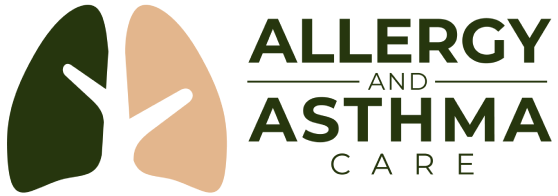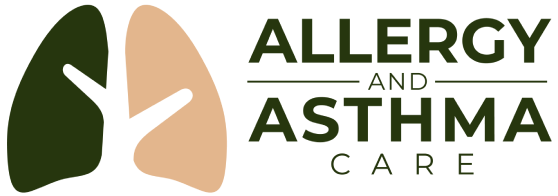By Philip Gallagher, MD, FAAAAI
Patients and their physicians have long noted the association of headaches and allergic or infectious nasal problems. Quality of life assessment of patients with allergic rhinitis includes headache as a common problem which adversely impacts the lives of sufferers. Patients often refer to facial pain or pressure as “sinus headaches.” Experts in allergy, otolaryngology, and neurology feel that real sinus headaches occur infrequently. How can we explain the obvious discrepancy between the common observation and the precise diagnosis?
doctorA 2004 International Headache Society (IHS) classification included “headache attributed to rhinosinusitis.” This referred to headaches that were: 1) frontal headaches accompanied by pain in one or more regions of the face, ears, or teeth, 2) clinical, nasal endoscopic, x-ray finding or laboratory evidence consistent with a sinus infection, 3) simultaneous onset of the headache and infection, and 4) resolution of the headache within seven days after remission or successful treatment of the sinus infection. The IHS still does not recognize chronic sinusitis as a cause for headache unless there is a relapse into an acute stage. The explanation as to how other conditions such as allergic rhinitis, deviation of the nasal septum, hypertrophy of nasal turbinates, atrophy of sinus membranes and mucosal contact can cause headaches has not been well explained.
Like allergic rhinitis, migraine headache is a common problem. The definition of migraine headache is much broader than most people are aware. In one large survey, only 48% of patients meeting the IHS definition of migraine reported a physician diagnosis of migraine. Forty-two percent of subjects had received the diagnosis of sinus headache from a physician. Another study recruited 100 subjects who felt that they had sinus headaches. Of these, 63% were diagnosed with migraine, 23% with probable migraine and 3% with headache due to rhinosinusitis. The remainder had other problems.
The reason that some migraine sufferers believe that their pain is due to their sinuses include pain over the sinuses, pain triggered by weather changes, pain associated with nasal stuffiness and discharge, seasonal variation, and exposure to allergens. Some patients with migraine experience facial symptoms mediated through the involuntary nervous system which can include nasal stuffiness, runny nose, eyelid swelling, tearing, and blood-shot eyes. It is no wonder that people can be confused. Factors favoring the diagnosis of migraine include attacks lasting 4-72 hours, one sided location, pulsating quality, moderate to severe pain intensity, and worsening by routine physical activities such as walking or climbing stairs. Associated symptoms may be nausea and/or vomiting, intolerance of light, and intolerance of sound. The presence of these symptoms might prompt patients with allergic rhinitis and headaches and their physician to question if there is a migraine component to their problem. This would possibly lead to different medication for headaches that may be more effective.
Looking at the problem from the opposite perspective, another group studied the prevalence of migraine headaches in patients with and without allergic rhinitis. Of the group surveyed, 34% of patients with allergic rhinitis had headaches meeting the IHS criteria for migraines and only 2% of the group without allergic rhinitis had migraine headaches. There is no proven explanation as to why the allergic rhinitis patients more frequently had migraines, but the authors of the study offered several explanations. Histamine is a mediator released in allergic reactions. It can cause vasodilatation in arteries which is the first step involved in the development of a migraine headache. One study showed that administration of histamine produced migraines in migraineurs more often than in controls. Administration of an antihistamine to these subjects almost immediately eliminated the headache. Histamine also increases the release of nitric oxide (NO) which has been associated with the development of migraine headaches. In one study of children with migraines, 40% showed evidence of allergy by skin prick test or IgE levels. Treatment of these children’s allergies decreased the migraine index from 2.45 to 0.33. From our clinical experience, we see relief of headaches in patients treated for allergic rhinitis. There is certainly need for more investigation regarding the impact of allergy treatment in relieving facial pain and migraine headache.
Physicians treating patients with allergic rhinitis and headache should be mindful of the IHS diagnostic criteria for migraines. Those with persistent migraine headaches in spite of control of allergic rhinitis may benefit from specific migraine therapy. Triptans can be helpful in many migraineurs who have failed therapy with standard NSAID’s. Prophylactic medication may be helpful in preventing headaches in sufferers with frequent migraines.
The exact cause and effect relationship between allergic rhinitis and headaches is not completely clear. Physicians treating patients with migraines and nasal symptoms should consider appropriate evaluation and treatment of infectious and allergic causes of rhinitis. Those treating allergic rhinitis patients with headaches should consider the possibility of migraine.


